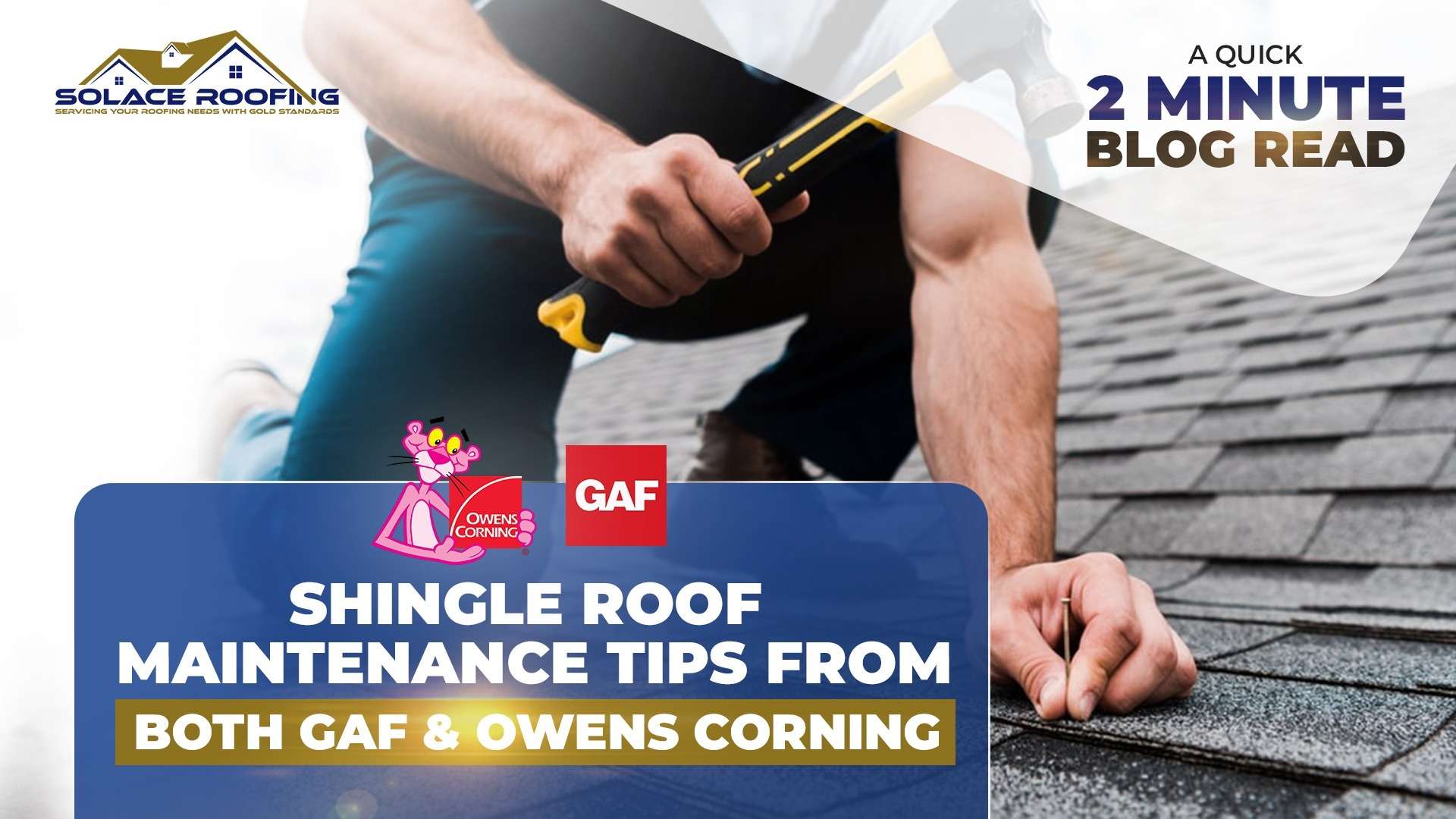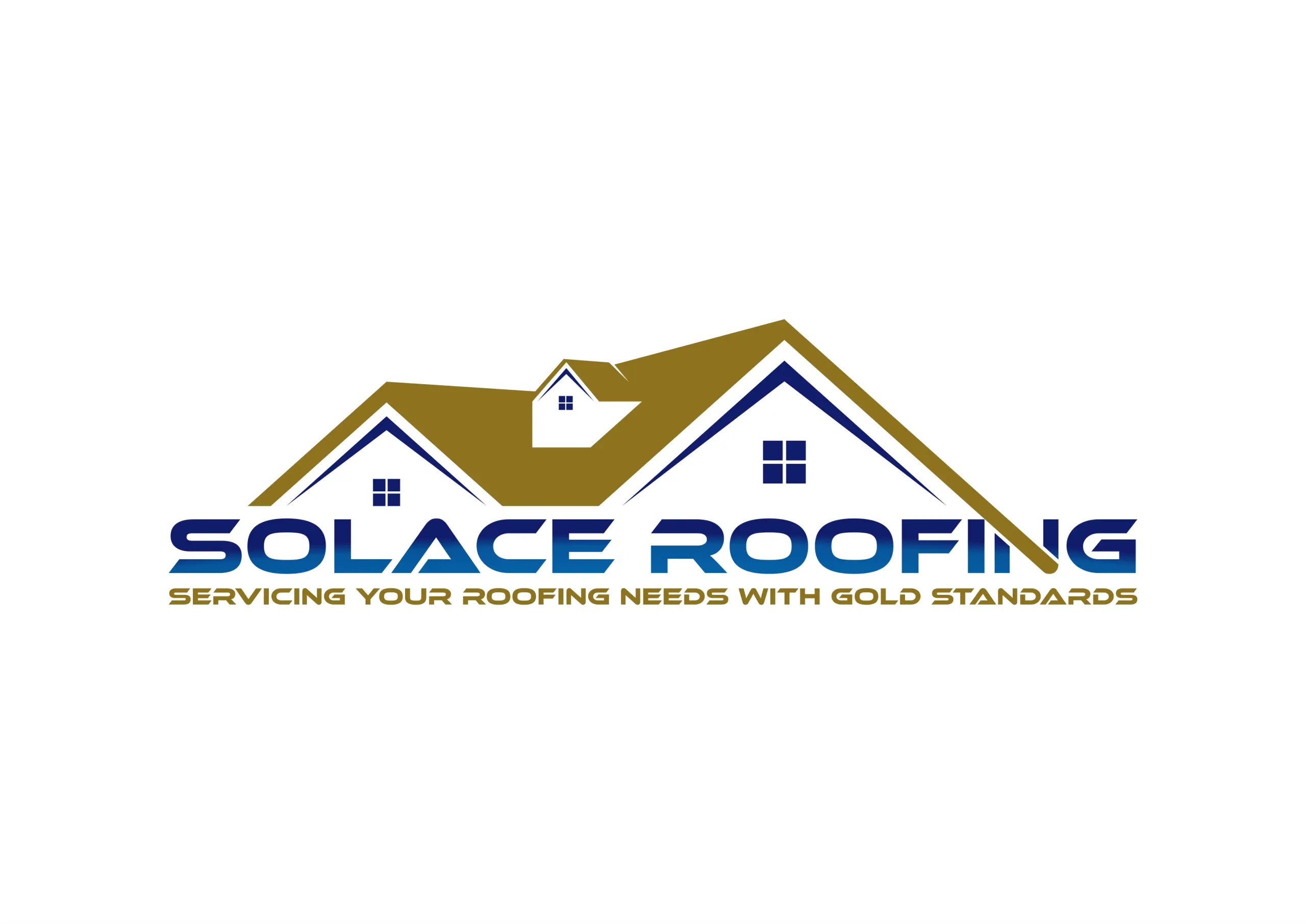
Shingle Roof Maintenance Tips From Both GAF & Owens Corning
Both GAF and Owens Corning are reputable roofing manufacturers, and while their roofing maintenance tips share similarities, there are also some differences that reflect their individual product emphasis and recommendations. Here’s a breakdown of the key differences between the maintenance tips provided by the two companies:
- Inspection Frequency: GAF suggests inspecting the roof at least twice a year (spring and fall), while Owens Corning does not provide a specific inspection frequency. This slight difference could be due to varying regional weather patterns and the specific properties of their roofing materials.
- Algae and Moss: GAF explicitly recommends addressing algae and moss growth and provides guidance on how to deal with them. Owens Corning mentions algae and moss but does not provide specific guidance on how to address the issue.
- Gutter Maintenance: While both companies emphasize keeping gutters clear, GAF places more emphasis on cleaning gutters to prevent water intrusion under the roof’s edge. Owens Corning doesn’t specify this particular concern in its tips.
- Trimming Overhanging Branches: Both companies recommend trimming overhanging branches, but GAF highlights the potential damage that branches can cause during high winds, whereas Owens Corning does not provide this detail.
- Ventilation: Owens Corning emphasizes attic ventilation more prominently than GAF. Proper ventilation is crucial for both companies, but Owens Corning specifically calls out the importance of attic ventilation for their roofing products.
- Warranty Mention: Owens Corning indirectly alludes to warranty coverage by suggesting that following their maintenance guidelines might be necessary for maintaining warranty coverage. GAF does not explicitly mention warranty coverage in their tips.
- Shingle Granule Loss: Owens Corning highlights checking for granule loss, which is a characteristic of asphalt shingles. GAF’s tips do not explicitly mention this aspect.
- Professional Inspection: Both companies recommend professional inspections, but Owens Corning mentions hiring professionals who are experienced with their products. GAF provides general advice about hiring a professional roofing contractor.
- Ice Dam Prevention: GAF does not include ice dam prevention in their tips, whereas Owens Corning does not explicitly mention it either but emphasizes proper attic insulation and ventilation, which indirectly contributes to ice dam prevention.
Remember that both sets of tips are intended to provide general guidance for maintaining your roof, and your specific roofing material and environmental factors may require additional considerations. Always follow the manufacturer’s official guidelines and consult with professionals if you have specific questions or concerns about your roofing maintenance.









